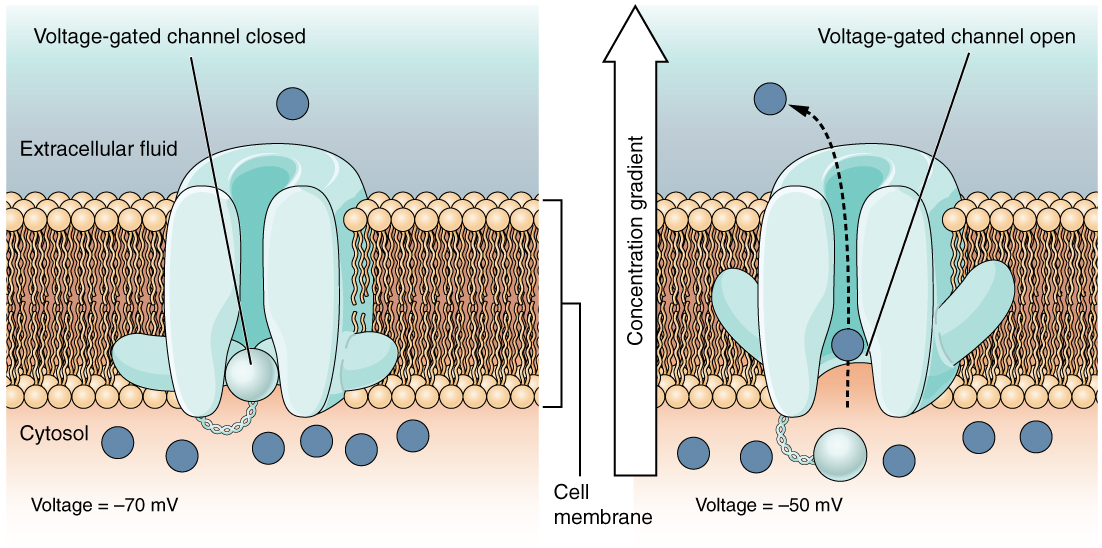Sandbox2qc8
From Proteopedia
(Difference between revisions)
(→Glutamine Synthetase: Secondary structures) |
|||
| Line 13: | Line 13: | ||
The active site within the secondary structure can be called a "bifunnel," providing access to ATP and glutamate at opposing ends.<ref>Eisenberg, D., et al., Structure-function relationships of glutamine synthetases, Biochimica et Biophysica Acta 1477 (2000), 122-145.</ref> | The active site within the secondary structure can be called a "bifunnel," providing access to ATP and glutamate at opposing ends.<ref>Eisenberg, D., et al., Structure-function relationships of glutamine synthetases, Biochimica et Biophysica Acta 1477 (2000), 122-145.</ref> | ||
| - | The only ligand present is a pair of Mn ions (Manganese) that the active site of each subunit. | + | The only ligand present is a pair of Mn ions (Manganese) that indicates the active site of each subunit of the dodecamer. |
=References= | =References= | ||
<references/> | <references/> | ||
[[Image:Example.jpg]] | [[Image:Example.jpg]] | ||
Revision as of 05:01, 18 December 2008
Glutamine Synthetase: Secondary structures
Glutamine synthetase is composed of 12 . Each subunit is composed of 15 and 12 , as well as a .
Each subunit has an exposed NH2 terminus and buried COOH terminus as part of a helical thong. [1]
The beta sheets are arranged into two separate partial beta barrels, one of which encompasses the ligand complex.
The active site within the secondary structure can be called a "bifunnel," providing access to ATP and glutamate at opposing ends.[2]
The only ligand present is a pair of Mn ions (Manganese) that indicates the active site of each subunit of the dodecamer.


